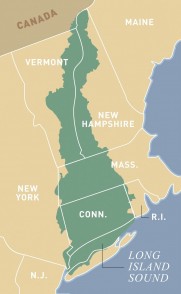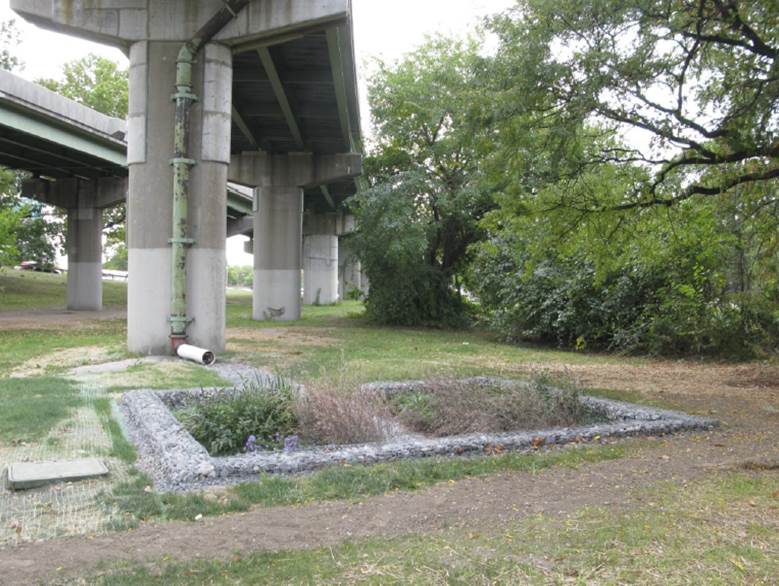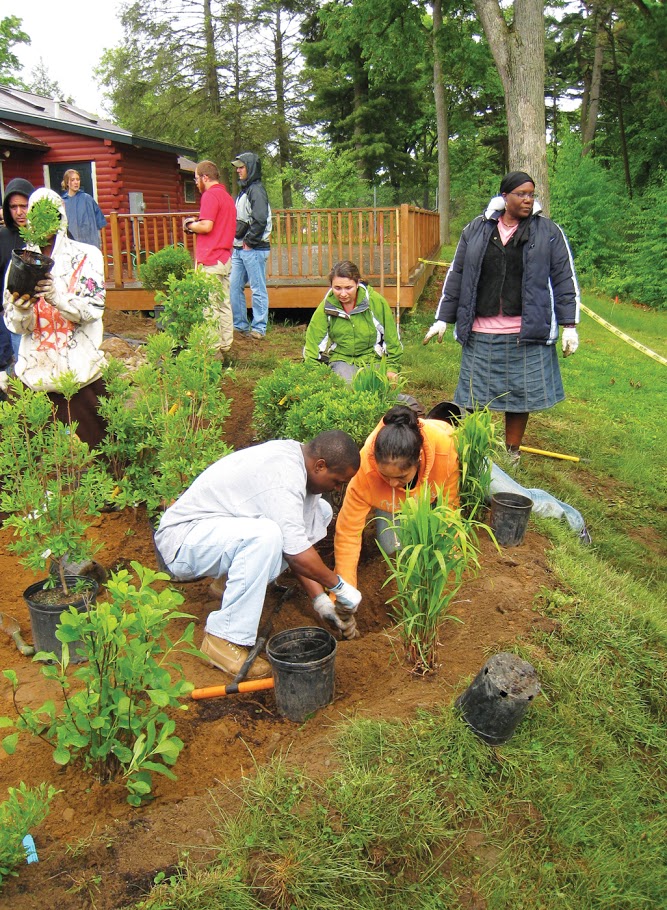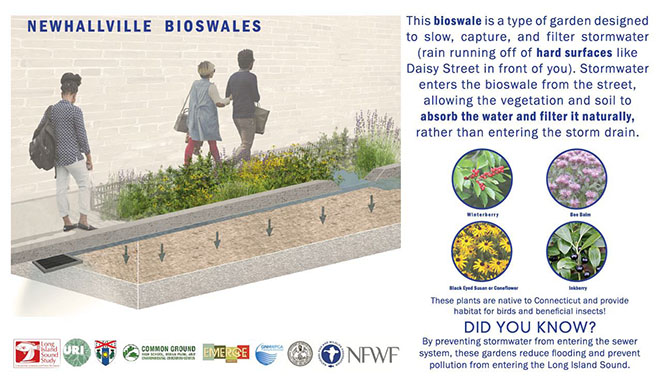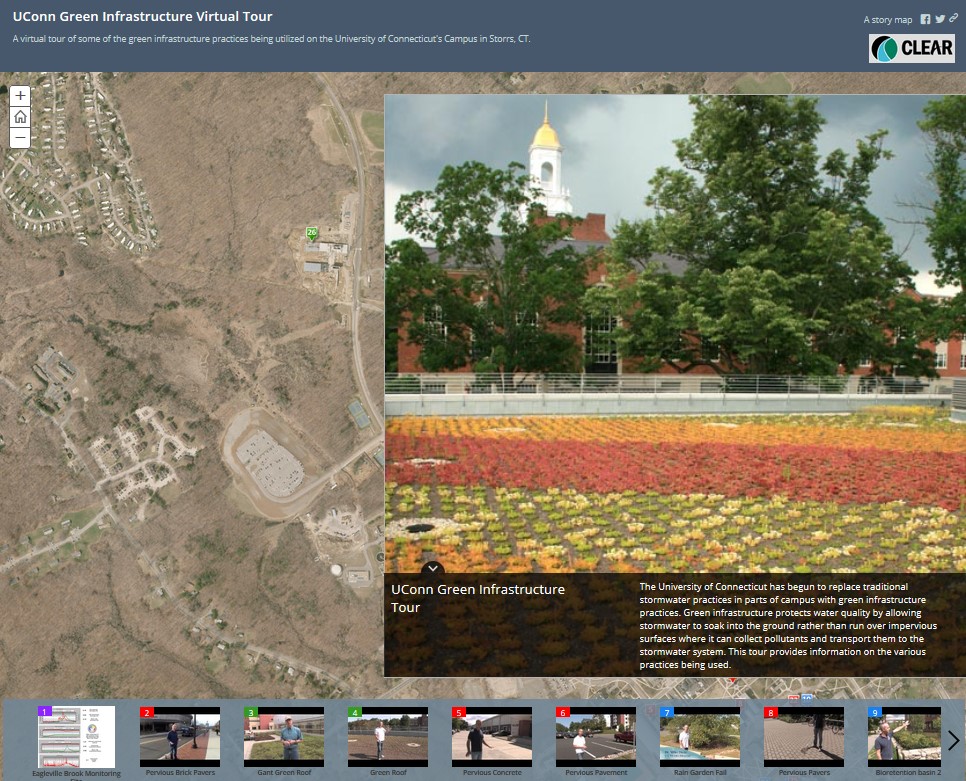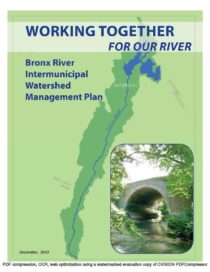Taking Action for Healthier Watersheds
If It Goes on the Ground, It Goes in the Sound!
Studies have shown that most Americans do not know what a “watershed” is or what the impact pollution from a watershed has on coastal waters such as Long Island Sound. Watersheds – the lands that drain into streams, rivers, and lakes are considered the primary source of pollution that drain into coastal waters. The Long Island Sound watershed covers more than 16,000 square miles in six states. Within our large region, hundreds of local watersheds drain into streams and rivers, which eventually flow into the Sound. Improving the environmental quality of these local watersheds, which often cross municipal and sometimes even state boundaries, is a priority of the Long Island Sound Study to prevent pollution from flowing downstream. These efforts are aided by the Long Island Sound Futures Fund, a grant program that was initiated by LISS and the National Fish and Wildlife Foundation. Many of these projects use green infrastructure techniques such as installing rain gardens, green roofs, and bioswales, which naturally treat water through infiltration before it can be discharged into storm drains or rivers and streams as polluted stormwater.
Below are descriptions of Long Island Sound Futures Fund grants awarded to green infrastructure and other watershed-related projects. Open the NFWF grant profile link to find out more information for each project, including final reports. Descriptions of all Futures Fund projects since 2005 are available in the grants section.
Project: Green Infrastructure for Beardsley Zoo in Bridgeport (2016)
Grantee: Connecticut Fund for the Environment
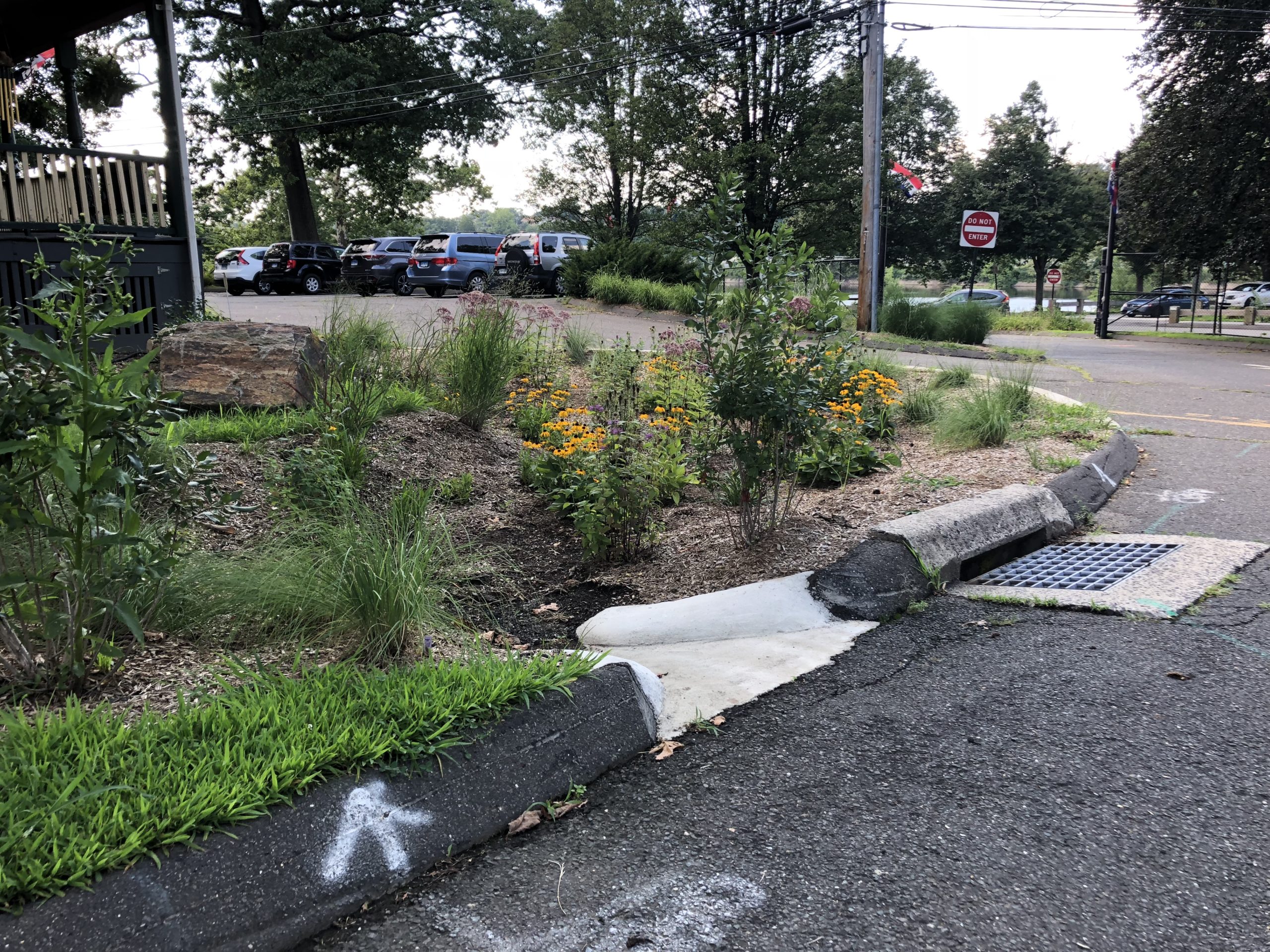
The Connecticut Fund for the Environment (Save the Sound) installed green infrastructure including enhancing existing lawn areas with 1,400 square feet of gardens and tree pits; and replacing 2,000 square feet of an impervious pavement with pervious pavers at the Beardsley Zoo in Bridgeport, Connecticut. The project can capture and treat 1,000,000 gallons of urban stormwater runoff annually. NFWF Grant Profile
Project: Green Infrastructure at Mamaroneck Town Center to Improve Water Quality in Long Island Sound (2015)
Grantee: Town of Mamaroneck

The Town of Mamaroneck installed 8,400 square feet of green infrastructure at the Mamaroneck Town Center. The project treats 283,302 gallons of polluted stormwater runoff and prevents floatable trash from flowing into Mamaroneck Harbor annually. This project will continue to improve water quality in the Harbor and Long Island Sound. NFWF Grant Library
Project: Implementing Green Infrastructure to Manage Stormwater in New Haven (2014)
Grantee: New Haven Urban Resources Initiative
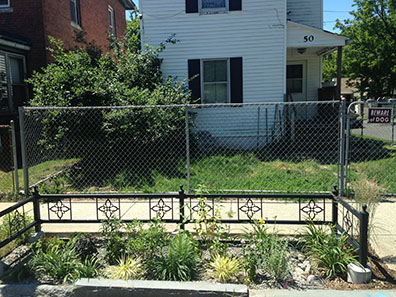
The Urban Resources Initiative installed eight bioretention swales and a 1,000-square foot rain garden to treat 2,810,000 gallons of stormwater annually and provide five acres of habitat for birds, pollinators, and other wildlife in a subwatershed of the West River in New Haven, Connecticut. The project engaged students, ex-offenders and community members in building, maintaining, and monitoring of green infrastructure for water quality benefits. URI also conducted community education workshops focused on increasing “green” practices at home. NFWF Grant Profile
Project: Western Waterfront Rain Garden Planning/Training Program (2013)
Grantee: Town of Oyster Bay
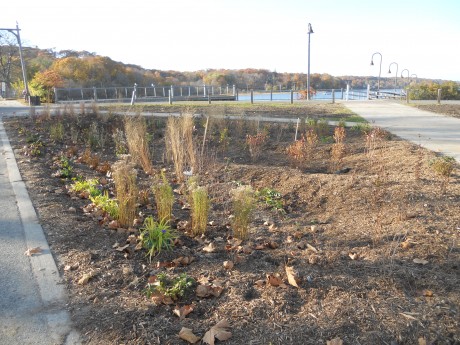
The Town of Oyster Bay installed a 1,200 square-foot rain garden in Oyster Bay’s Western Waterfront park to detain and filter 124,000 gallons of stormwater annually. Construction of this rain garden consisted of classroom training and hands-on participation in the construction of the rain garden by municipal officials, public employees, and volunteers from the surrounding communities. The goal was to train different groups in the creation and maintenance of green infrastructure practices to encourage adoption in public and private sites. Project partners included many local organizations. This project was also featured on US EPA’s Greening the Apple blog.
NFWF Grant Profile
Project: Street Bioswale Infrastructure Initiative (2011)
Grantee: Regional Plan Association
The Regional Plan Association (RPA) installed two bioswales to detain and filter 7,700 gallons of polluted stormwater annually from the Van Wyck Expressway, near Flushing Creek in Flushing Meadows-Corona Park. Bioswales are essentially planters that use vegetation to contain and infiltrate the intense flow of contaminants coming from the highway overpass. RPA partnered with landscape architecture firm DLANDstudio to design and construct these bioswales. The project has the support of the New York City Department of Environmental Protection. The project demonstrates that bioswales can be an effective method to reduce runoff from highways, a major source of pollution to Long Island Sound. The project, designed as a pilot, has great potential to generate many more projects to reduce stormwater pollution. RPA and DLANDstudio have identified 58 other potential sites along Long Island Sound where the bioswales can be constructed. NFWF Grant Profile
Project: Parks Citywide Green Roof Pilot Project (2008)
Grantee: New York City Department of Parks and Recreation

The New York City Department of Parks and Recreation installed a 16,000 square-foot green roof, the fourth largest in the City. The green roof encompasses 16 different systems utilizing tray systems, pre-vegetated modular systems, cedar planter boxes, overhead trellises, elevated planters, and a green wall. This intensive green roof is being used as a pilot demonstration area to be reproduced in other park buildings. This project also installed a monitoring system on three of the 16 systems. Project partners included the GreenApple Corps, a job training and public service initiative focused on green-collar job training providing 18-24-year-old economically-disadvantaged youth in a variety of work and learning experiences associated with the environment. NFWF Grant Profile
Project: Mattituck Inlet Stormwater Mitigation (2008)
Grantee: Group for the East End, Mattituck, NY
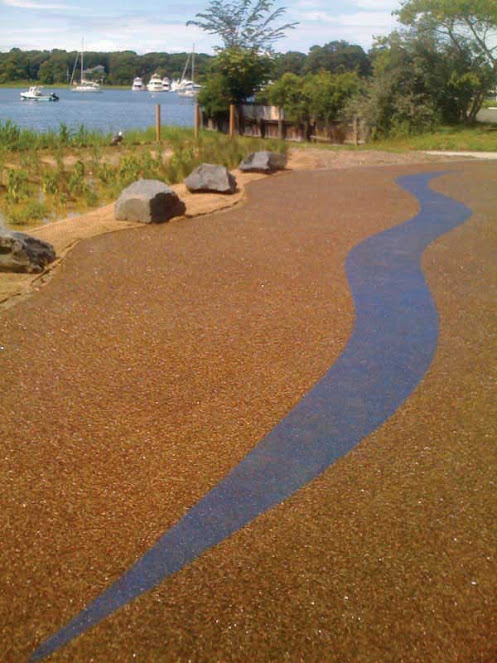
The Group for the East End replaced the surface of a public boat ramp with permeable crushed glass pavement, constructed a small treatment wetland with planted native species, removed invasive Phragmites, and installed informational signs and public benches for public outreach and education. This project was focused on reducing nonpoint source pollution into Mattituck Inlet on Long Island. Stormwater will now enter the ground through the pavement and then flow into an area planted with wetland plants that will provide uptake of pollutants in the water. The goal is to create a public commitment to responsible and effective environmental stewardship.
NFWF Grant Profile
Project: Tankerhoosen Watershed Management Plan (2007)
Grantee: Friends of the Hockanum River Linear Park of Vernon, CT
The Friends of the Hockanum River Linear Park of Vernon hired a consultant who developed the “Tankerhoosen River Watershed Management Plan,” which incorporates the EPA’s nine elements for watershed management plan guidelines. This plan inventories environmental and land use conditions; and establishes priority actions to protect and improve the ecological integrity of the watershed.
NFWF Grant Profile
Project: Outdoor Classroom at Hole-in-the-Wall (2006)
Grantee: Town of East Lyme, CT
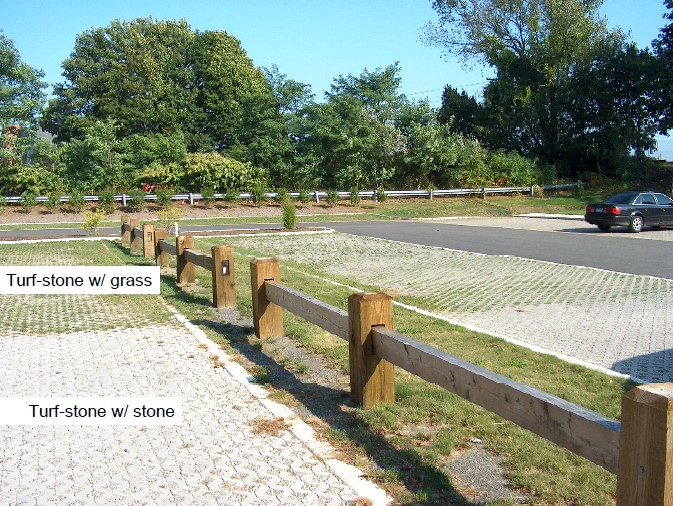
The Town of East Lyme constructed a 99-space pervious parking lot, grass filter strips, catch basins, a rain garden and dry well to reduce and treat stormwater runoff and conduct real-time monitoring of weather and pollutants currently flowing from 22-acres into Long Island Sound. The lot is used as an outdoor classroom to demonstrate methods to treat runoff. Ten different types of pervious parking lots were installed along with educational signs to inform the public. Project partners included the East Lyme/Salem School system and Three Rivers Community College. NFWF Grants Profile
Project: Stormwater Control Demonstration (2005)
Grantee: City of Norwalk, CT
The City of Norwalk, CT installed 275 catch basin filters and monitored them for performance. This filter reduced the amount of pollution, heavy metals, and hydrocarbons entering local surface waters (Norwalk Harbor) and, ultimately, Long Island Sound. The results are being used to develop a City-wide plan for stormwater management. NFWF Grant Profile
